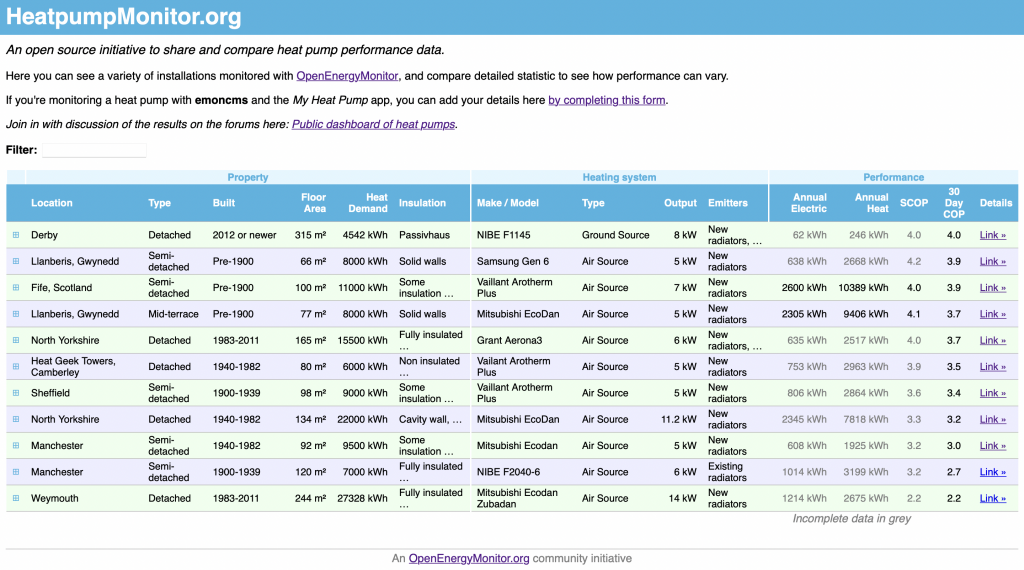Woke up to a vague, persistent ‘mechanical’ noise somewhere in the house. After opening the door to the Plant Room it was immediately apparent the fan bearings on the Paul Novus 450 MVHR unit had failed – slightly surprising after only 6 years, but then they are running 24×7. The fans were still working and there were no errors on the control panel, but the noise wasn’t good – and I have enough experience with bearings to know they only ever get worse, not better. What was good was the sound attenuation on the MVHR ducts – the noise was only really obvious in the Plant Room and in Bedroom 2 immediately beneath it, so the noise was not being transmitted to other rooms via the ducting.
A quick Google search turned up the service manual for the Paul Novus with guidance on getting to the fans and the advice to replace the complete fan units: centrifugal housing, fan rotor, motor, electronics etc. (Estimated cost of £280 per fan.) I was hopeful it would be possible to just replace the bearings instead and proceeded with some dismantling.
I was very pleasantly surprised by the specification of the fans: embpapst units with part number G3G160-AD54-22. Really good build quality and the prospect of not being too difficult to repair. YouTube turned up an excellent video showing the dismantling and bearing replacement procedure.
Bearings are generally standard and pretty cheap and one of the great things about living in Derby, with its rich heritage of railway and aerospace engineering, is that there are some excellent suppliers of these sorts of spare parts located within a few miles. Derby Bearings Ltd don’t win any prizes for inventive business naming but they do offer an excellent service and carry good stocks – they had a couple of options in the correct size for only £4 each (£8 per fan).
The fans are now running quietly again and peace is restored. I’ve written a Technical Article with some hints and tips to make the job easier next time – or for other people attempting it for the first time.
I do wonder if the exceptionally hot summer weather contributed to the premature failure – could the heat have softened the lubricating grease in the bearings, causing it to leak out, making them more prone to rusting when the cold and damp weather returned?

